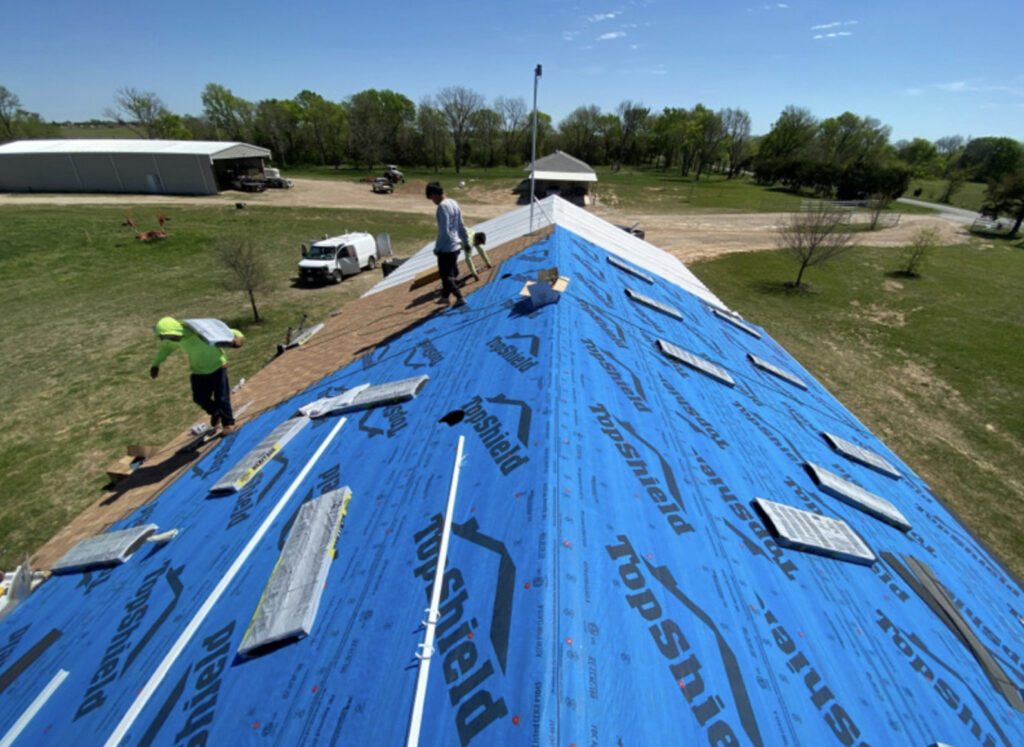How Can You Tell If Your Roof Has Hail Damage?
Roof Storm Damage Inspection: What to Look for After a Hailstorm
When severe weather strikes, your roof serves as your home’s first line of defense against the elements. Yet the damage caused by hailstorms can be deceptively subtle, creating problems that may not be immediately visible but can lead to significant issues if left unaddressed. At JNL Roofing Contractors, we’ve helped thousands of homeowners assess, document, and repair hail damage to their roofing systems. Our team combines extensive technical knowledge with years of experience evaluating storm damage across diverse roofing materials.
What truly sets our approach apart is our commitment to thorough, honest assessments. Unlike storm chasers who appear after severe weather looking for quick jobs, we build lasting relationships with our clients through transparent evaluations and detailed documentation that helps streamline insurance claims. Our experienced inspectors are trained to identify both obvious and hidden signs of hail impact, distinguishing between cosmetic issues and structural damage that could compromise your roof’s integrity.

Identifying Hail Damage Across Different Roofing Materials
Asphalt Shingle Damage Indicators
On asphalt shingles, fresh hail impacts typically appear as dark spots where granules have been knocked away, exposing the asphalt base or fiberglass mat underneath. These spots often feel soft to the touch, similar to a bruise, and may have a shiny appearance when viewed in direct sunlight.
Split or cracked shingles represent more severe hail damage. When larger hailstones strike with significant force, they can actually crack the shingle, creating pathways for water to penetrate beyond the roof’s surface.
Granule loss in gutters and downspouts often serves as an early warning sign. After a significant hailstorm, check your gutters for accumulation of the colored granules that coat your shingles. While some granule loss occurs naturally over time, a sudden increase following a storm typically indicates impact damage.
Metal Roofing Evaluation
Dents and dings on metal roofing typically provide the most visible evidence of hail impact. The size, depth, and distribution of these dents can help determine the severity of the storm and whether repairs or replacement might be necessary.
Finish damage often accompanies denting on metal roofs, as hail impacts can crack or chip protective coatings. When the painted or galvanized finish is compromised, the exposed metal becomes vulnerable to corrosion.
Impact damage to accessory components like ridge caps, flashing, and roof vents often occurs during hailstorms but can be overlooked during casual inspections. These components are critical for maintaining your roof’s weather resistance.
Beyond the Roof Surface: Associated Damage to Consider
A comprehensive assessment must look beyond just the roofing material itself.
Gutter damage from hail is often evidenced by dents, loosened components, or alignment issues that can affect proper water drainage. Aluminum gutters are particularly susceptible to hail damage, often showing distinctive circular denting that can restrict water flow.
Roof flashing damage is particularly problematic as these thin metal components seal critical junctions where water might otherwise enter your home. Hail impacts can dent, crack, or even displace flashing around chimneys, vent pipes, skylights, and roof-wall intersections.
Documentation and Insurance Considerations
Proper documentation of hail damage plays a crucial role in successfully navigating insurance claims.
Prompt inspection after hailstorms is essential for both insurance purposes and preventing secondary damage. Most insurance policies include specific timeframes for reporting storm damage, typically within one year but sometimes as short as 6 months.
Thorough documentation should include dated photographs of damage from multiple angles, with reference objects for scale when possible. Professional inspection reports carry significant weight with insurance companies, often expediting the claims process.
Insurance coverage for hail damage varies significantly between policies, making review of your specific coverage essential. Working with experienced roofing contractors familiar with insurance claims can significantly improve your outcome.
Protect Your Home with Expert Hail Damage Assessment
If you’ve recently experienced a hailstorm or suspect existing hail damage to your roof, professional assessment is the crucial first step toward protecting your home. At JNL Roofing Contractors, we provide thorough evaluations that help you understand the true condition of your roofing system and navigate the sometimes complex insurance claim process.
Contact us today to schedule your comprehensive hail damage inspection. Our experienced team will thoroughly assess your roof, document any damage found, and provide clear recommendations for necessary repairs or replacement. We’ll even work directly with your insurance company to help ensure your claim reflects all legitimate storm damage.
Don’t let undetected hail damage compromise your home’s protection. Trust JNL Roofing Contractors for expert assessment, quality repairs, and peace of mind.
